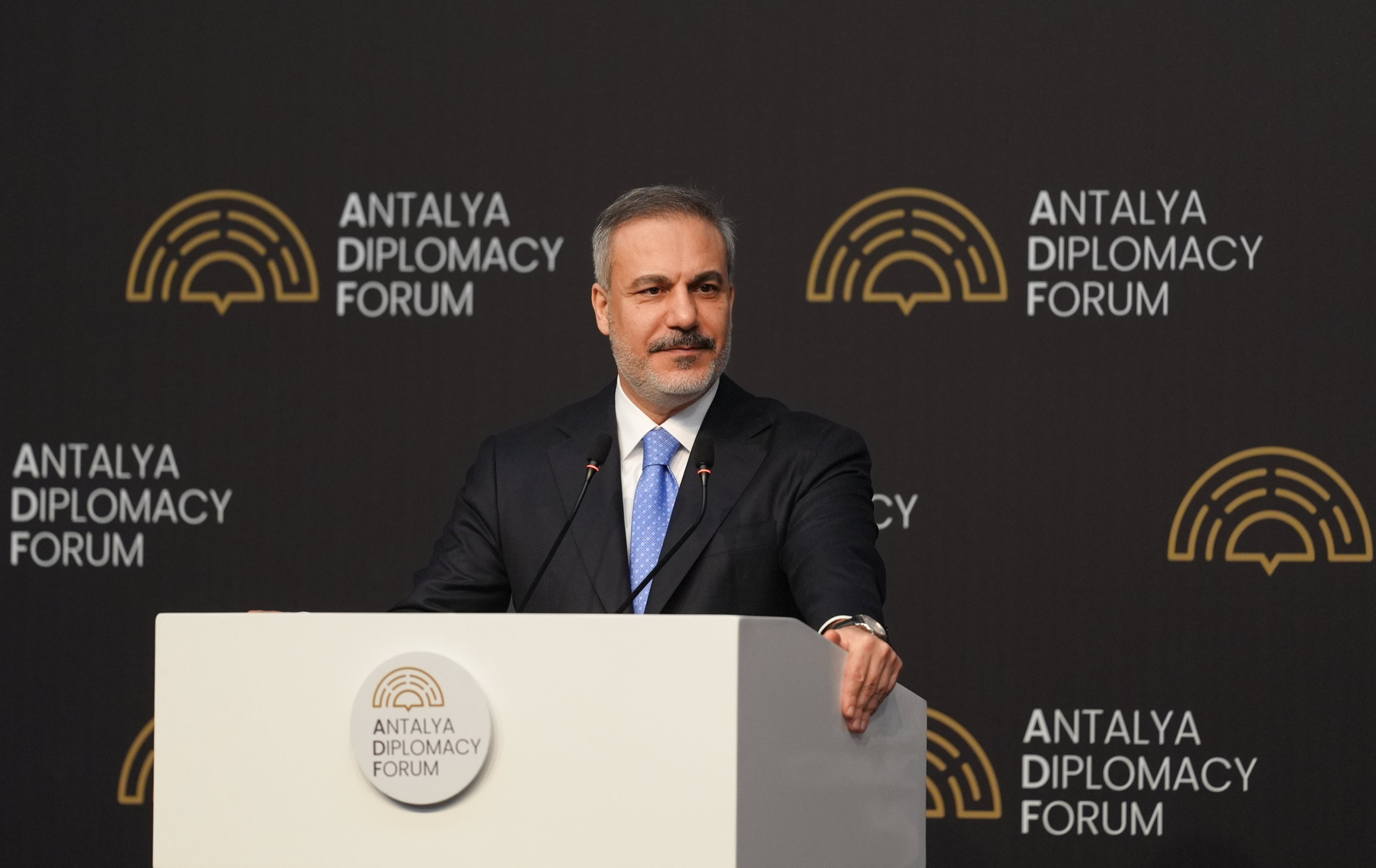As we watch another IPL season unfold, and as India steps into a new phase of political and technological evolution, perhaps it’s time we looked at leadership not as a dry, institutional affair—but as a dynamic, human endeavour As IPL 2025 electrifies the nation and India basks in the glow of a Champions Trophy victory, cricket is once again commanding the Indian imagination. At the same time, Prime Minister Narendra Modi’s recent interview with MIT computer scientist and podcaster Lex Fridman has gone viral—showcasing a thoughtful, calm, and layered conversation that spanned leadership, technology, Indian philosophy, and global geopolitics. These two seemingly different events—cricket fever and a cerebral conversation on statecraft—may seem unrelated.
But they share one common thread: India’s evolving idea of leadership. Over the past few months at Harvard, I’ve been immersed in exploring various dimensions of leadership—wartime leadership, frontline leadership, leadership for systemic change, and how character, decision-making, and values define leadership in crises and peace. I’ve listened to veterans, policymakers, CEOs, and social reformers share deeply personal lessons.

But one evening, while taking a break from reading case studies and watching the calm Charles River, I tuned into the Lex Fridman podcast featuring PM Modi. Alongside, I was following the latest IPL match updates. Somewhere between PM Modi’s composed reflections and the cracking sixes on the cricket field, my thoughts converged—and I began reflecting on what defines leadership in the Indian context.
The result is this piece. Sachin Tendulkar embodied an era defined by discipline, perseverance, and grace. His game was built on relentless hard work, calm temperament, and a near-spiritual focus.
He followed the rules of the game with near-reverence. Despite being a global icon, his humility remained intact. In the same way, Modi’s political career is a testament to long-term vision, single-minded dedication, and rule-based democratic conduct.
Whether it’s his early years in the RSS, his tenure as Gujarat Chief Minister, or his role as Prime Minister, PM Modi has been a tireless worker—clocking 18-hour days, maintaining frugal habits, and never losing sight of his goals. His approach, like Sachin’s, is less about drama and more about delivering consistent performance under pressure. Then comes the Dhoni factor.
MS Dhoni brought a different energy to leadership: calm under fire, the instinct to finish strong, and the ability to lead both from the front and behind the wicket. He created a culture of winning, often letting others shine while he silently steered the ship. Think of PM Modi during critical moments—surgical strikes, Balakot, Covid-19 crisis management, G20 leadership—he exhibits the same measured resolve and decisive timing, much like Dhoni’s iconic last-over finishes.
Even in electoral politics, PM Modi mirrors Dhoni’s habit of winning across formats. Whether it’s governance and policy-making (Test matches), fast-paced elections (T20s), or international diplomacy (ODI-level tours), he adapts to different terrains. This he does with equal ease—from delivering a high-octane rally in Bengal to addressing an AI summit in Paris, from facing spin wizards like President Trump on a disruptive track to confronting challenges like terrorism with strategic resolve.
But this comparison isn’t just a clever metaphor. It is deeply rooted in Indian civilizational thinking on leadership. The Bhandarkar Oriental Research Institute (BORI) shared five timeless lessons from the Mahabharata that offer a blueprint for statecraft.
PM Modi, and our Sachin-Dhoni analogy, both mirror these principles: “The Ruler’s best treasure is the accumulation of competent persons in several spheres." Like Dhoni spotting talent in Jadeja or Hardik Pandya, PM Modi has consistently shown an eye for talent—inspiring young leaders, inducting technocrats, and building efficient systems. “The Ruler should neither always be mild nor always be severe.
They should be attractive like the sun in springtime." Whether reaching out with compassion through welfare schemes or displaying firmness on national security, PM Modi strikes a balance between warmth and authority, much like Sachin’s quiet strength or Dhoni’s controlled aggression. “A person proficient in actual achievements stands far superior to someone who is only skilled in words and schemes.
" PM Modi has made governance outcome-oriented—from toilets to tech platforms, from UPI to infrastructure. His politics, like Dhoni’s captaincy, is about getting things done, not just talking about them. “The Ruler should first conquer and control their own Self.
" Self-discipline is the hallmark of PM Modi’s personal and political life. From avoiding nepotism to living modestly, he reflects the self-awareness and self-control essential to enduring leadership. Much like Sachin Tendulkar, who displayed remarkable poise and restraint even in high-pressure situations—whether facing a fiery spell from Shoaib Akhtar or carrying the hopes of a billion people—PM Modi’s calm and composed approach reinforces the power of inner mastery in public life.
“Acquiring what has not been acquired, augmenting what has been obtained, and donating what has been augmented with planning." PM Modi’s model of governance has been about creating, scaling, and giving back—be it through Digital India, Swachh Bharat, or welfare schemes designed to empower, not entitle. These five teachings from the Mahabharata converge with the best of what Sachin and Dhoni brought to cricket—and what Modi brings to governance.
Today’s generation engages with politics differently. They seek authenticity, strategy, action, and inspiration, often through the lens of culture and sport. Analogies like these are not trivial—they are tools for public pedagogy.
In the U.S., Barack Obama was often compared to Michael Jordan for his calm under pressure and game-changing charisma.
Similarly, in India, cricket is more than a sport—it’s a shared national metaphor. Comparing PM Modi to Sachin and Dhoni is not about idolization, but about making political leadership relatable and understandable through familiar symbols. Leadership is often viewed through the lens of individual greatness.
But as Gandhi, Chanakya, and the Mahabharata remind us, true leadership is about systems, sacrifice, self-control, and service. This article is an attempt to celebrate those values—not through theory, but through the stories and symbols that connect with a billion people. As we watch another IPL season unfold, and as India steps into a new phase of political and technological evolution, perhaps it’s time we looked at leadership not as a dry, institutional affair—but as a dynamic, human endeavour.
And what better way to do that than through the lens of two cricketing legends—and a Prime Minister who reflects the best of both. Abhishek Chaudhari is currently on a mid-career academic break, pursuing studies at the Harvard Kennedy School. He can be reached at @Abhis_chaudhari.
Views expressed in the above piece are personal and solely those of the author. They do not necessarily reflect News18’s views..
Politics

Opinion | Why PM Modi Is The Sachin + Dhoni Of Indian Politics

As we watch another IPL season unfold, and as India steps into a new phase of political and technological evolution, perhaps it’s time we looked at leadership not as a dry, institutional affair—but as a dynamic, human endeavour















